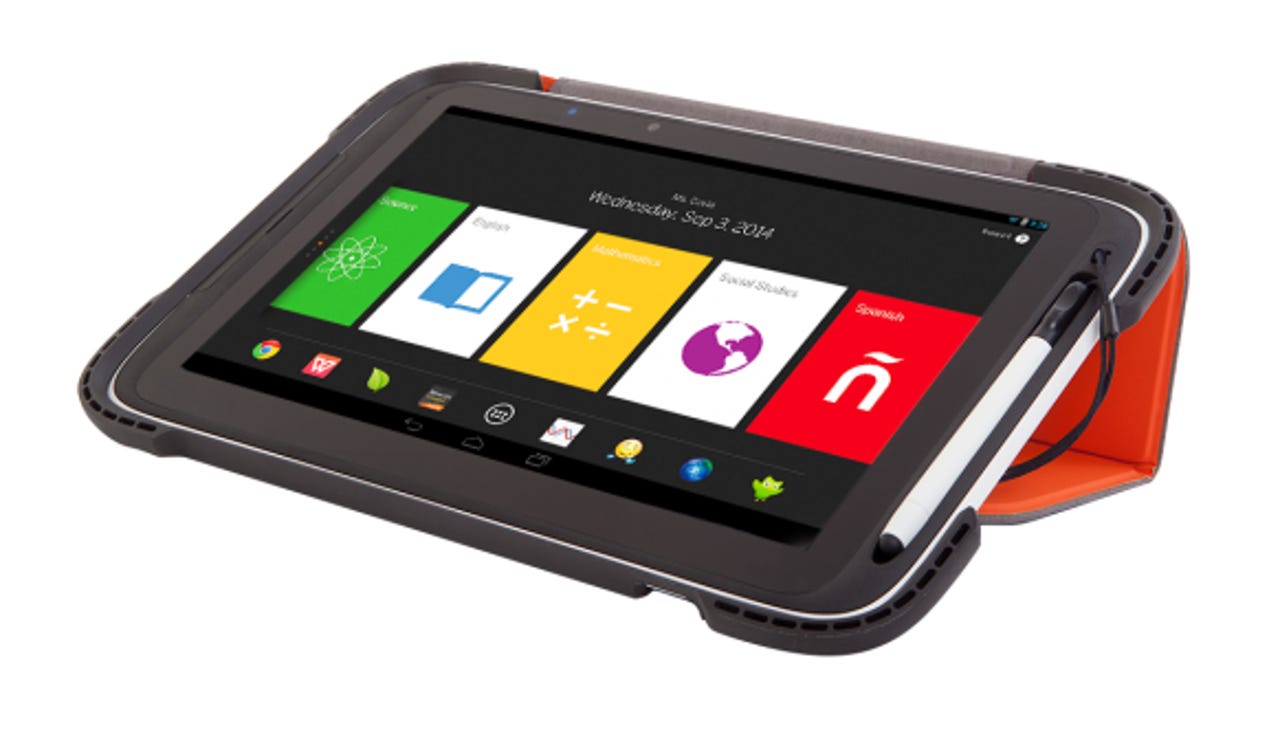News Corp.'s Amplify education experiment: What went wrong?


News Corp. is putting its Amplify electronic learning platform and curriculum up for sale because the new school year selling season flopped and the rush to digital tools never materialized.
Was the demise due to educational institutions' reluctance to change or fatal flaws with Amplify?
Featured
Amplify, a News Corp. business unit that aimed to reinvent education via digital tools, tablets and curriculum reinforced with snazzy graphics, became a $371 million write-off in the media giant's fourth quarter.
That write-down comes nearly five years after it purchased Wireless Generation for $360 million in 2010 and renamed it Amplify. At the time, News Corp. was going to bet about $500 million on Amplify to dominate the market. Amplify was led by Joel Klein, the former head of the New York City Department of Education.
Related: The next Apple and IBM collaboration: In the classroom
Amplify had a digital library, various tools and a tablet-based platform. Amplify also had analytics, curricula aligned with state standards and distribution tools Amplify and AT&T collaborated on pilots for tablets.
News Corp. CFO Bedi Singh said on the company's earnings conference call:
We are in the advanced stages of reviewing strategic alternatives for Amplify. The recent selling season for the new school year for our digital ELA (core tools for grades 6-8) curriculum overall has been disappointing, and the marketplace for digital curriculum has been much slower to develop than we initially expected. Additionally, we are no longer accepting new tablet customers, and will only be providing service and support to existing customers.
Analysts were trying to figure out how much News Corp. would save by selling Amplify. One guess was that News Corp. would save anywhere from $75 million to $100 million.
News Corp. execs didn't confirm that guesstimate, but did note they'd save money.
While there will be a few obits on Amplify it's worth pondering what went wrong. Here are some observations:
- News Corp. couldn't hang with Apple and Google. The Amplify Tablet was designed by Intel's education unit and looked serviceable for education. The problem? Kids were more likely to bring iPads and Android tablets to school. Consider it bring your own education device. School districts want to look advanced and Apple and Google simply carry more weight with students and educators.
- Integration matters. Amplify's instructional software was designed to connect to a district's student information system. In theory that sounds great. However, student information system capabilities differ dramatically depending on the district and funding. Amplify's core pitch screamed integration woes. Watch the IBM and Apple partnership in education. Those two partners can cover front- and back-end needs in education.
- Developers weren't into it. Amplify had an uphill battle to convince educators to a) go digital and b) go all in with its platform. Amplify had a marketplace, but was never going to get the content and developer heft that iOS and Android would have.
- A tough total cost of ownership tale to tell to educators. Amplify talked total cost of ownership, bundles and software support to educators that couldn't count on strong IT teams. Meanwhile, Amplify was a total bundle and districts were likely to be gun-shy about a platform that didn't have scale. Meanwhile, digital educational efforts, which may or may not improve student performance, are likely to be implemented in chunks over time. Amplify was an all-in bet.
Here's a look at Amplify's cost comparison with Google and Apple on a per student 1:1 basis:
To calculate the total cost of ownership over three years, we took the cost of buying the Amplify System for three years ($359 for the first year and $60/year for years two and three for software, content and support) and then calculated what it costs to buy a Chromebook with touchscreen (Acer C720P at $299) or an iPad Air ($499), as well as what it costs to get the equivalent instructional software, K-12 content and implementation support offered in our system for three years with each device.
What's next?
Amplify may have a future with a new owner, but will need more runway to market its platform and develop an ecosystem. Even then, Amplify's competitors are likely to have more resources.